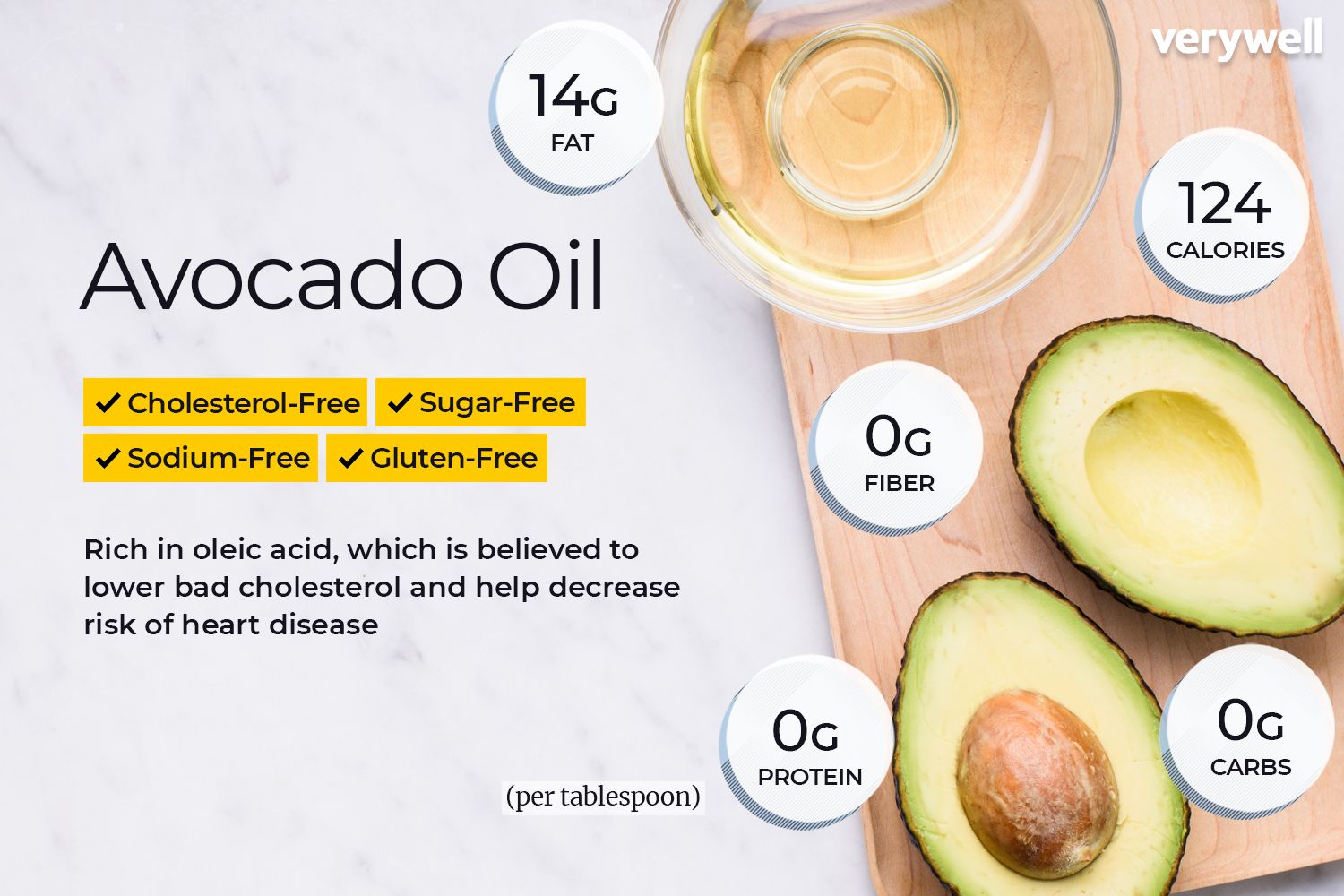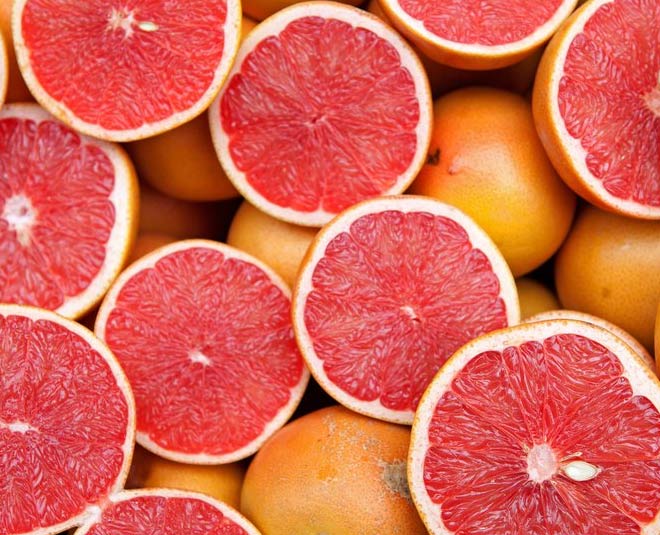Ad Blocker Detected
Our website is made possible by displaying online advertisements to our visitors. Please consider supporting us by disabling your ad blocker.
Prickly pear, also known as nopal or Opuntia, is a unique and exotic fruit derived from the prickly pear cactus. While it may have a rugged exterior with thorns, the interior of this fruit reveals a succulent, sweet, and vibrant flesh that has been cherished for centuries. Prickly pear is native to the Americas but is now cultivated in various parts of the world. Beyond its delicious taste and distinct appearance, prickly pear boasts an impressive array of health benefits. In this article, we will explore the nutritional richness of prickly pear, its potential health advantages, and its diverse culinary applications.
A Legacy of Indigenous Wisdom
Prickly pear has a long history of use among indigenous peoples in the Americas. It was a staple food for many Native American tribes, who also used the cactus pads (nopal) as a source of nutrition. Prickly pear played a crucial role in their diets and traditional medicine. Today, it continues to be a beloved fruit in various culinary traditions worldwide.
Nutritional Profile of Prickly Pear
A Nutrient-Rich Desert Gem
Prickly pear is celebrated not only for its sweet flavor but also for its impressive nutritional content. Here’s a glimpse of the nutrients found in prickly pear:
1. Vitamins
- Vitamin C: Prickly pear is an excellent source of vitamin C, which supports immune health, skin regeneration, and wound healing.
- Vitamin B6 (Pyridoxine): Involved in brain development, immune function, and the formation of red blood cells.
2. Minerals
- Calcium: Essential for bone health and muscle function.
- Magnesium: Supports various metabolic processes in the body.
- Potassium: Essential for heart health, nerve function, and maintaining healthy blood pressure levels.
3. Dietary Fiber
- Soluble Fiber: Supports digestive health, stabilizes blood sugar levels, and helps lower cholesterol.
- Insoluble Fiber: Promotes regular bowel movements and prevents constipation.
4. Antioxidants
- Betaxanthins: The pigments responsible for the vibrant color of prickly pear, these antioxidants have been studied for their potential health benefits.
- Flavonoids: Prickly pear contains various flavonoids with antioxidant properties.
5. Natural Sugars
- Glucose: Provides sweetness to the fruit.
- Fructose: Another natural sugar found in prickly pear.
6. Polyphenols
- Quercetin: A type of polyphenol found in prickly pear with antioxidant and anti-inflammatory properties.
7. Amino Acids
- Taurine: An amino acid found in a prickly pear that has been studied for its potential health benefits.
Health Benefits of Prickly Pears
1. Digestive Health
- Dietary Fiber: The fiber in prickly pear promotes digestive regularity, prevents constipation, and supports a healthy gut microbiome.
- Polyphenols: Some polyphenols in prickly pear may have prebiotic effects, promoting the growth of beneficial gut bacteria.
2. Heart Health
- Potassium and Magnesium: Prickly pear is rich in potassium and magnesium, which help regulate blood pressure, support heart health, and reduce the risk of hypertension.
- Dietary Fiber: Fiber helps lower cholesterol levels, reducing the risk of heart disease.
3. Immune Support
- Vitamin C: Prickly pear provides a significant amount of vitamin C, which enhances immune function and helps the body fight infections.
- Antioxidants: The antioxidants in prickly pear contribute to overall health by reducing oxidative stress and supporting the immune system.
4. Blood Sugar Management
- Soluble Fiber: Soluble fiber in prickly pear stabilizes blood sugar levels and may help with glucose control.
- Polyphenols: Some polyphenols found in prickly pear may have anti-diabetic properties.
5. Skin Health
- Vitamin C: Vitamin C in prickly pear aids in skin regeneration, collagen production, and wound healing.
- Antioxidants: The antioxidants in prickly pear help protect skin cells from oxidative damage, contributing to healthy and radiant skin.
6. Weight Management
- Dietary Fiber: The fiber content in prickly pear enhances feelings of fullness, potentially reducing overall calorie intake and supporting weight management.
Culinary Uses of Prickly Pear
Prickly pear can be enjoyed in various culinary forms, adding a unique flavor and nutritional value to dishes. Here are some enjoyable ways to incorporate prickly pear into your diet:
1. Fresh and Simple
- Sliced Prickly Pear: Enjoy peeled and sliced prickly pear as a refreshing snack or dessert.
- Fruit Salad: Add diced prickly pear to fruit salads for a burst of color and flavor.
2. Beverages
- Prickly Pear Juice: Extract the juice from prickly pear and enjoy it as a refreshing beverage on its own or mixed with other fruit juices.
- Smoothies: Blend prickly pear with yogurt, honey, and other fruits for a nutritious and flavorful smoothie.
3. Salsas and Sauces
- Prickly Pear Salsa: Prepare a unique salsa by combining diced prickly pear with tomatoes, onions, cilantro, and lime juice, perfect for topping grilled chicken or fish.
- Prickly Pear Sauce: Create a sweet and tangy sauce by simmering prickly pear with sugar and spices, ideal for drizzling over desserts or grilled meats.
4. Desserts
- Prickly Pear Sorbet: Make a refreshing sorbet by blending prickly pear with sugar and freezing it.
- Prickly Pear Jam: Create a delightful jam by cooking prickly pear with sugar and pectin, perfect for spreading on toast or using as a filling for pastries.
5. Salads and Dressings
- Prickly Pear Salad: Toss diced prickly pear into green salads for a burst of color and sweetness.
- Prickly Pear Dressing: Blend prickly pear with olive oil, vinegar, and spices to create a unique and flavorful salad dressing.
Prickly Pear Varieties
There are several varieties of prickly pear, each with its unique flavor and characteristics. Common varieties include:
- Indian Fig Prickly Pear (Opuntia ficus-indica): Known for its large, sweet fruits, this variety is commonly used for culinary purposes.
- Engelmann Prickly Pear (Opuntia engelmannii): Native to the southwestern United States and Mexico, it produces smaller, reddish-purple fruits.
- Santa Rita Prickly Pear (Opuntia violacea): Recognizable by its striking purple pads and fruit, this variety has a distinct appearance and flavor.
Conclusion
Prickly pear, with its exotic flavor and impressive nutritional profile, is a unique fruit that offers a wide range of health benefits. Whether you’re enjoying it fresh, blended into a smoothie, or incorporated into a sauce or salad, prickly pear provides a delightful combination of flavor and nutrition. From promoting digestive and heart health to supporting immune function and enhancing skin radiance, prickly pear is a valuable addition to your diet. So, savor the exotic wonder of prickly pear and embrace the numerous benefits it brings to your overall well-being and culinary adventures.



